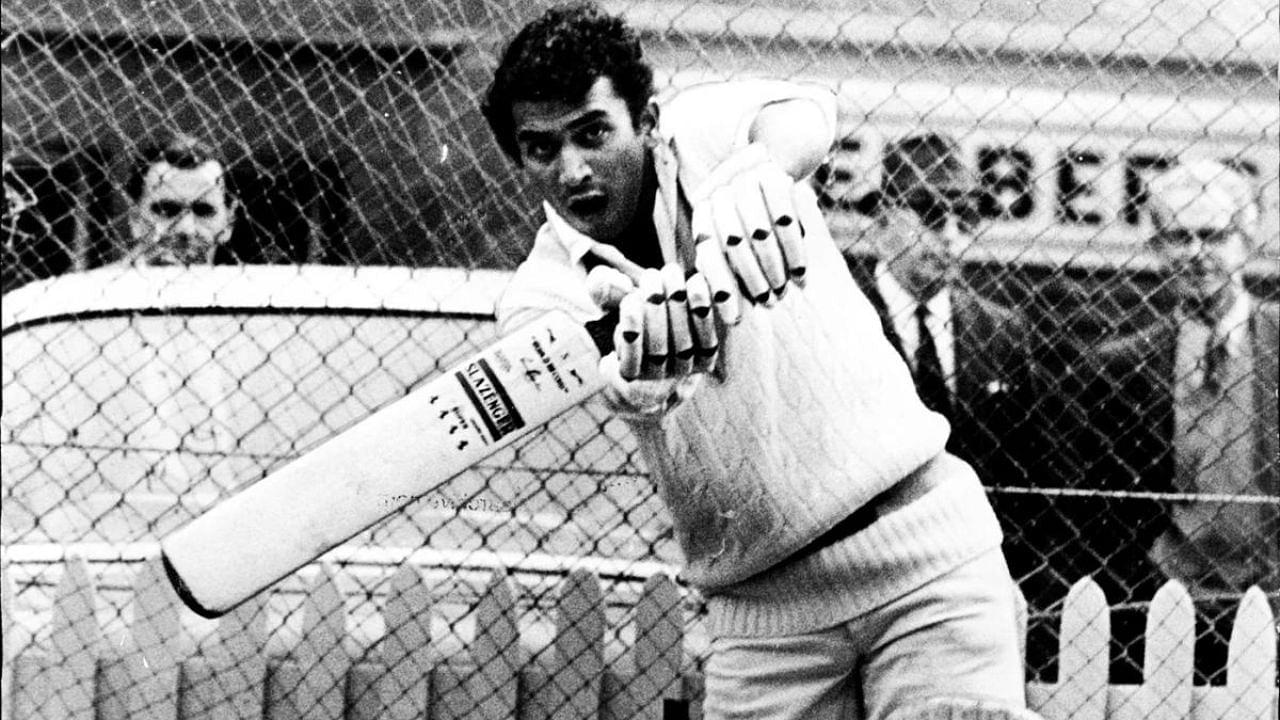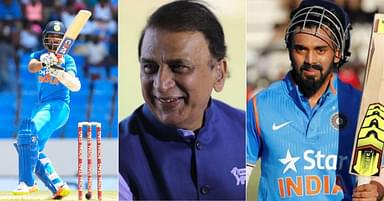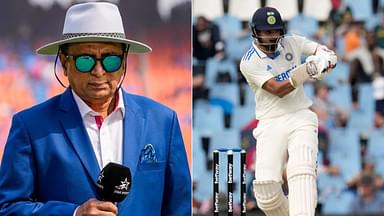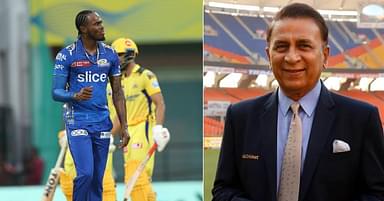One of the greatest batters of all time, the legendary Sunil Gavaskar, was also regarded as one of the best opening batters in the Test format during his playing days.
Advertisement
The ‘Little Master’ began his Test career in the year 1971, against the dreadful West Indian team bowling attack, and the manner in which he batted in his debut series was indicative of the fact that the cricketing world should be ready to embrace another superstar in the making.
He scored a total of 774 runs across eight innings at a stupendous average of 154.80, with the help of three half-centuries and four centuries.
ALSO READ: When Sunil Gavaskar got his hair cut by the umpire in the middle of a Test match vs England
In fact, he went on to score a century (124) and a double century (220) during the fourth match of the series at The Port of Spain, which is till date a first for an Indian batter in Tests.
How an umpiring error helped Sunil Gavaskar score his first Test runs
The ‘Little Master’ scored half-centuries in both the innings of his debut Test against West Indies, at the Port of Spain in March 1971.
However, it was the result of an umpiring error which helped Gavaskar notch-up his first international runs.
As mentioned by Gavaskar himself in his autobiography ‘Sunny days’, the then 21-year-old batter from Bombay ran a couple of runs to get off the mark, although the ball had actually hit his leg guards.
The umpire perhaps failed to notice that the ball did not make contact with his bat, and resultantly two runs were added under his name.
“(Vanburn) Holder thundered down and bowled on the leg stump. The ball struck my leg guards and went down to fine leg for two leg byes. But I was surprised to see that the umpire did not make any signal so I was off the mark with two runs when actually I should not have had any,” Gavaskar mentioned in his autobiography.
The nervous Gavaskar managed to get rid of failure and the butterflies in his stomach regarding the big moment in his career due to this umpiring error, and the rest as they say in history.




